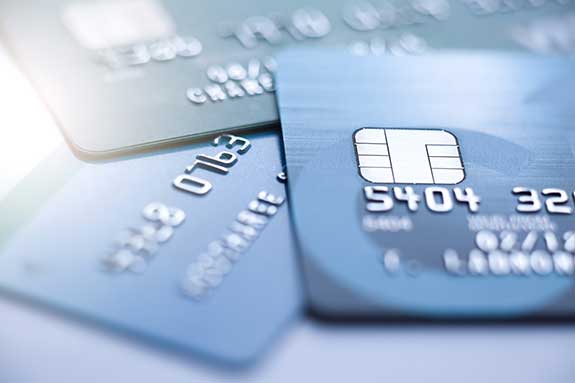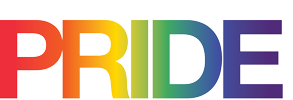Credit Card Debt – Problems, Fixes, and Prevention
By Freddy Lopez
America’s outstanding credit card debt topped $935 billion last year, the highest level since 2008, according to the latest statistics from the Federal Reserve. On a practical level, the average indebted household owes more than $8,000, the highest amount since the start of the Great Recession, according to a recent study from credit card search engine CardHub.
Long-term retirement savings are up, a positive, but many hard-earned lessons from the recession are not being observed, including the need for an emergency fund and a reassessment of spending habits.

The Fixes
Make a list of what you owe monthly per card and the card’s annual percentage rate (APR). Have a specific goal in mind for cutting debt like “I want to pay $50 per month per card over the minimum” or “I want to cut total monthly payments by $200.”
Pay the minimum on everything except the card with the highest balance, on which you pay more. Or pay more on the card you owe the least on. That way you’ve paid off a few cards entirely and feel like you’ve made progress. Once a particular card is paid off, keep the account open, but don’t use it and you’ll increase your credit capacity long-term.
Meanwhile pay off and close out the accounts on the credit cards that are the most tempting: department or chain-store specific cards. Swapping out these niche cards for more traditional credit cards may help you spend less.
Seek the help of non-profit credit counselors that can help you cut your debt and create a budget. Try the National Foundation for Credit Counseling (NFCC). Check out the Federal Trade Commission (FTC), the country’s consumer protection agency as well.
Prevention
Planning for bad times and unexpected expenses in the present is a key part of avoiding credit card debt problems in the future.
Experts agree that everyone should have an emergency fund. That way if you get into trouble again, it’s better to cash out that fund than to add to your credit card debt.
But it’s also important to recognize that you will get older and may have health issues down the road. Without preparation, these developments often lead people to turn to their credit cards and subsequently get burdened with overwhelming credit card debt again.
Sudden medical expenses are the leading cause of personal bankruptcy, according to a recent study¹. And the chances that you will be too ill or injured to work at some time in your working life are one in four².
If you are part of the full-time workforce, you should take advantage of health insurance and disability insurance, either offered through your employer or independently. Also take advantage of your company’s retirement plan if it has one.
Of course, contributing to all these considerations – retirement and insurance – reduces your immediate available income. But making such moves now may help you handle future expenses that would otherwise push you into a credit card crunch.
¹NerdWallet Health finds Medical Bankruptcy accounts for majority of personal bankruptcies, 2013.
²Council for Disability Awareness 2015 Long-Term Disability Claims Review.


